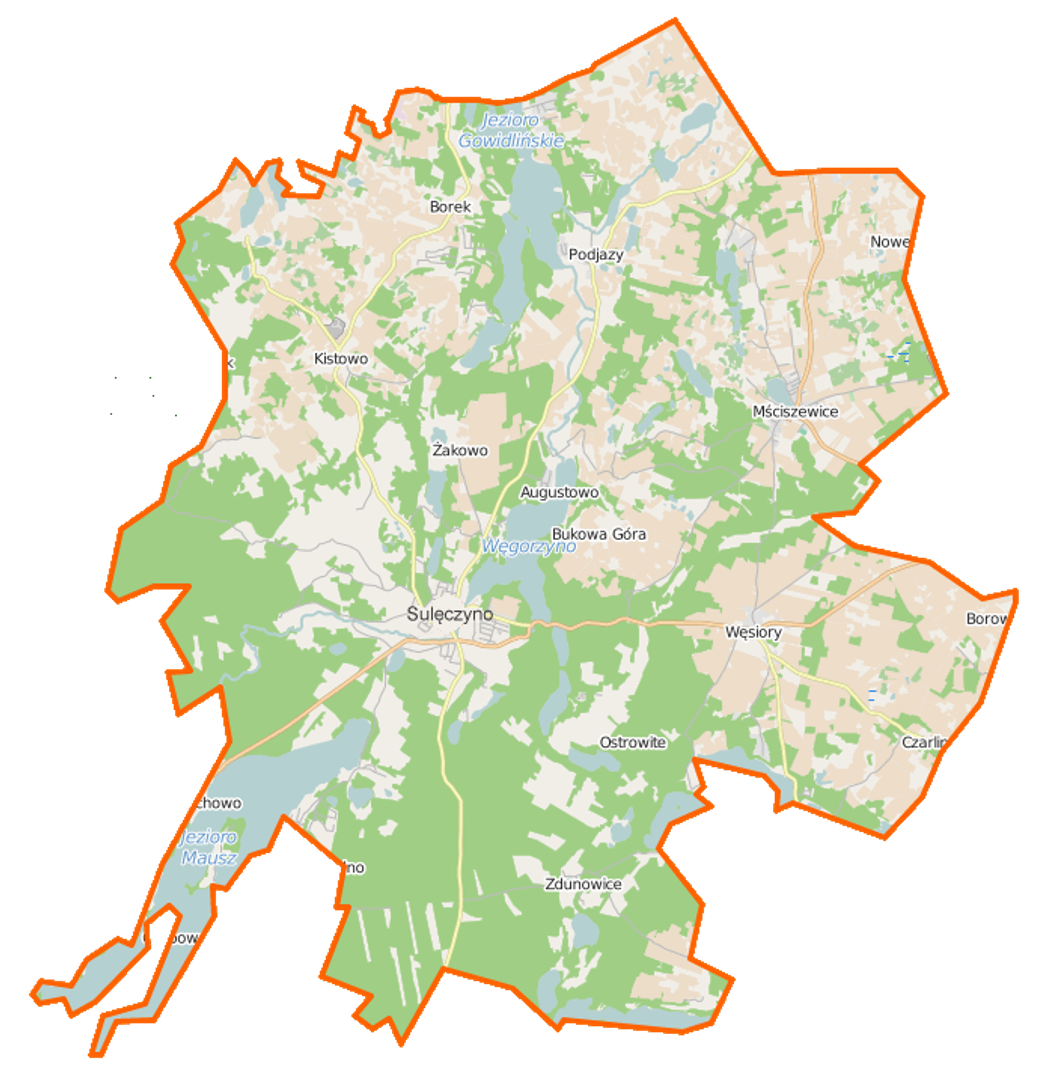Sulęczyno
6.27

Overview
The Sulęczyno Commune, located in the Pomeranian Voivodeship, in the Kartuzy County, has a rich history dating back to at least 1934, when it was established as a rural commune. From 1975 to 1998, it was part of the Gdańsk Voivodeship. The seat of the commune, Sulęczyno, is the central point of the region, which, according to data from December 31, 2021, has a population of 5,688. The commune is characterized by bilingualism – according to the 2002 census, as many as 48.6% of the population use the Kashubian language, highlighting the local cultural identity. In the land structure of the commune, which covers an area of 131.31 km², agricultural and forest land dominate. Agricultural land constitutes 46% of the area, while forests cover 36%, which helps preserve the natural values and ecology of the region. The Sulęczyno Commune plays a significant role in the county, occupying 11.72% of its area. Furthermore, the commune consists of nine village administrative units (sołectwa): Sulęczyno, Borek, Kistowo, Mściszewice, Podjazy, Sucha, Węsiory, Zdunowice, and Żakowo, reflecting a diverse local structure. It is worth noting that the commune borders several other communes: Kościerzyna, Lipusz, Parchowo, Sierakowice, and Stężyca, which fosters cultural and social exchange. An interesting aspect is the rich cultural life of the region, reflected in numerous Kashubian traditions, crafts, and festivals. The architecture of the commune, on one hand, draws on local traditions, while on the other, its development over time has modernized many buildings. In 2014, the presented age pyramid of the residents revealed demographic changes in the region, which influence local policy planning. The Sulęczyno Commune, with its history, language, traditions, and neighboring communes, is an interesting example of a diverse region in Poland, combining cultural and natural values.
Location
2025 Wizytor | All Rights Reserved